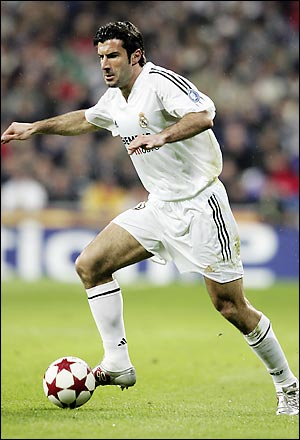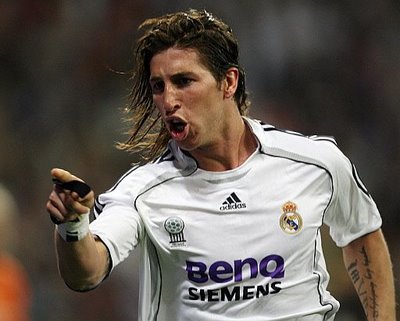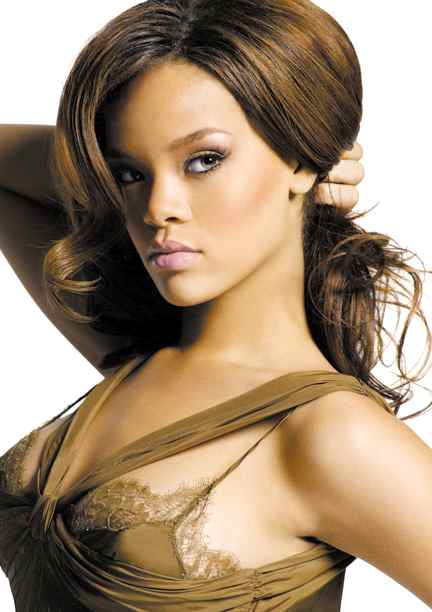Real Madrid's origins go back to when football was introduced to Madrid by the academics and students of the Institución libre de enseñanza, which included several Oxbridge graduates. They founded Football Club Sky in 1897, playing on Sunday mornings at Moncloa. It split into two clubs in 1900: New Foot-Ball de Madrid and Club Español de Madrid. The latter club split again in 1902, resulting in the formation of Real Madrid Football Club on March 6 in 1902.[2] Three years after its foundation, in 1905, Madrid FC won its first title after defeating Athletic Bilbao in the Spanish Cup final. The club became one of the founding sides of the Royal Spanish Football Federation on 4 January 1909, when club president Adolfo Meléndez signed the foundation agreement of the Spanish FA. After moving between grounds the team moved to the Campo de O'Donnell in 1912.[5] In 1920, the club's name was changed to Real Madrid after King Alfonso XIII granted the title of Real (Royal) to the club.[6]
In 1929, the first Spanish football league was founded. Real Madrid led the first edition until the last match, a loss to Athletic Bilbao, meant they finished runners-up to Barcelona.[7] Real Madrid won its first League title in the 1931–32 season. The Whites won the League again the following year, becoming the first side to have won the championship twice.[8]
Santiago Bernabéu Yeste became president of Real Madrid in 1945.[9] Under his presidency, the club, the Santiago Bernabéu Stadium and the Ciudad Deportiva were rebuilt following the Spanish Civil War. Beginning in 1953, he embarked upon a strategy of signing world-class players from abroad, the most prominent of them being Alfredo di Stéfano.[10]
In 1955, acting upon the idea proposed by the French sports journalist and editor of L'Équipe Gabriel Hanot, and building upon the Copa Latina (a tournament involving clubs from France, Spain, Portugal and Italy), Bernabéu met in the Ambassador Hotel in Paris with Bedrignan and Gusztáv Sebes and created an exhibition tournament of invited teams from around Europe that would eventually become what today is known as the UEFA Champions League.[11] It was under Bernabéu's guidance that Real Madrid established itself as a major force in both Spanish and European football. The club won the European Cup five times in a row between 1956 and 1960, which included the 7–3 Hampden Park final against Eintracht Frankfurt in 1960.[10] Winning the competition five consecutive times saw Real permanently awarded the original cup and earning the right to wear the UEFA badge of honour.[12] The club won the European Cup for a sixth time in 1966 defeating FK Partizan 2–1 in the final with a team composed entirely of nationally born players (known as the Ye-yé team) – a first in the competition.[13] The name "Ye-yé" came from the "Yeah, yeah, yeah" chorus in the Beatles' song "She Loves You" after four members of the team posed for Diario Marca dressed in Beatles wigs. The Ye-yé generation was also European Cup runner-up in 1962 and 1964.[13]
In the 1970s, Real Madrid won 5 league championships and 3 Spanish Cups.[14] The club played its first UEFA Cup Winners' Cup final in 1971, being defeated by English side Chelsea 2-1.[15] On 2 July 1978, club president Santiago Bernabéu died while the World Cup was being played in Argentina. In his honour FIFA decreed three days of mourning during the tournament.[16] The following year, the club organized the first edition of the Santiago Bernabéu Trophy in the memory of its former president.
By the early 1980s, Real Madrid had lost its grasp on the La Liga title until a new batch of home-grown stars brought domestic success back to the club.[17] Spanish sport journalist Julio César Iglesias gave to this generation the name La Quinta del Buitre ("Vulture's Cohort"), which was derived from the nickname given to one of its members, Emilio Butragueño. The other four members were Manuel Sanchís, Martín Vázquez, Míchel and Miguel Pardeza.[18] With La Quinta del Buitre (reduced to four members when Pardeza left the club for Zaragoza in 1986) and notable players like goalkeeper Francisco Buyo, right-back Miguel Porlán Chendo and Mexican striker Hugo Sánchez, Real Madrid had one of the best teams in Spain and Europe during the second half of the 1980s, winning two UEFA Cups, five Spanish championships in a row, one Spanish cup and three Spanish Super Cups.[18]
In the early 1990s, La Quinta del Buitre split up after Martín Vázquez, Emilio Butragueño and Míchel left the club. In 1996, President Lorenzo Sanz appointed Fabio Capello as coach. Although his tenure lasted only one season, Real Madrid was proclaimed league champion and players like Roberto Carlos, Predrag Mijatović, Davor Šuker and Clarence Seedorf arrived at the club to strengthen a squad that already boasted the likes of Raúl, Fernando Hierro, Iván Zamorano, and Fernando Redondo. As a result, Real Madrid (with the addition of Fernando Morientes in 1997) finally ended its 32-year wait for its seventh European Cup. In 1998, under manager Jupp Heynckes, The Whites defeated Juventus 1–0 in the final thanks to a goal from Predrag Mijatović.[19]
In July 2000, Florentino Pérez was elected club president.[20] His campaign vowed to erase the club's debt and modernize the club's facilities. However, the primary electoral promise that propelled Pérez to victory was the signing of Luís Figo.[21] The following year, the club controversially got its training ground rezoned and used the money to begin assembling the famous Galáctico side including players such as Zinédine Zidane, Ronaldo, Luís Figo, Roberto Carlos, Raúl and David Beckham. It is debatable whether the gamble paid off, as despite a European Cup win in 2002, followed by the League in 2003, the club failed to win a major trophy for the next three seasons.[22]
Ramón Calderón was elected as club president on 2 July 2006 and subsequently appointed Fabio Capello as the new coach and Predrag Mijatović as the new sporting director. Real Madrid won the La Liga title in 2007 for the first time in four years but Capello was sacked.[23] In the 2007–08 season, The Whites won the domestic league for the 31st time, achieving their first consecutive league title in eighteen years.[24] On 1 June 2009, Florentino Pérez regained Real Madrid's presidency.[25][26] Pérez continued with the Galácticos policy pursued in his first term, buying Kaká from A.C. Milan[27] then purchasing Cristiano Ronaldo from Manchester United for a record breaking £80 million.

real madrid image

real madrid wallpaper

real madrid

real madrid pic

real madrid


















